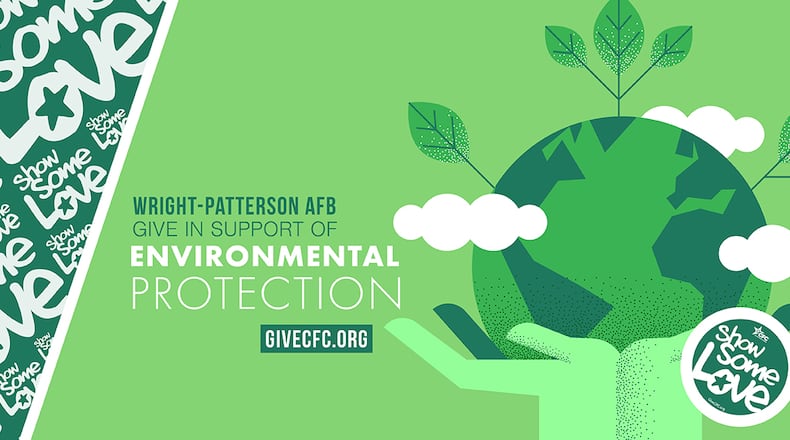Environmental challenges such as climate change, the spread of invasive species and reductions in available open space are difficult to overcome. Environmental protection is more than simply dedicating land as protected. The land needs to be managed over time utilizing detailed plans and management practices that require substantial resources, said the director of parks and conservation for a local metropolitan park district.
“Protecting the environment and living sustainably are key components to active and healthy communities of the future. When people have access and ability to connect to nature and the environment, there are measurable physical and mental health benefits,” he continued.
An official from a charity dedicated to fostering awareness and appreciation of native wildlife through rehabilitation, education and wildlife health studies said, “Charities that support the environment and protect natural areas are also committed to human health, wildlife support and education.
“Environmental protection charities support more than just ‘saving’ the environment; they support One Health initiatives.”
“One Health is a collaborative, multisectoral and transdisciplinary approach – working at the local, regional, national and global levels – with the goal of achieving optimal health outcomes recognizing the interconnection between people, animals, plants and their shared environment.”
Many agencies focused on environmental protection also make protected land available for the public’s enjoyment and provide educational programming, along with skill-building experiences to help people connect and explore. People new to the outdoors may gain access to experiences that mold them into conservationists of the future, continued the director of parks and conservation.
Many agencies are facing tighter budgets, forcing them to seek donations, grants and sponsorships. Funding could be used on a wide range of projects and programs designed to maintain protected land, protect additional natural areas, educate the public about conservation and the natural world, and engage the community in a conservation culture by creating outdoor experiences that inspire personal connections to nature.
“Donations are used to help secure habitats, education efforts, sentinels for One Health initiatives to help protect the areas,” the wildlife official said. “There are varied needs from each organization’s wish-list items. Support could come through AmazonSmile or Kroger programs. Monetary donations, from a few dollars to large gifts and memorial donations, are all welcome.”
Being a part of building a conservation culture in the community will have lasting impact. Land and wildlife can be preserved for future generations to enjoy. Access can be granted to explore and learn in these protected spaces.
Species of plants and animals that need help to have the chance to thrive can benefit from the habitat improvements that become possible or additional protected lands.
Supporting environmental organizations shields areas from suburban and urban development and sprawl. It raises awareness of concerns that might be occurring near or in the backyard of your neighborhood.
How to help
It’s easy to make an immediate impact through supporting CFC and environmental-protection charities. Volunteer opportunities can be found and CFC contributions made by visiting https://GiveCFC.org. Details about this week’s cause are available at https://ohiocfc.givecfc.org/environmental-protection.
About the Author

